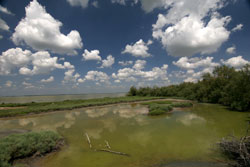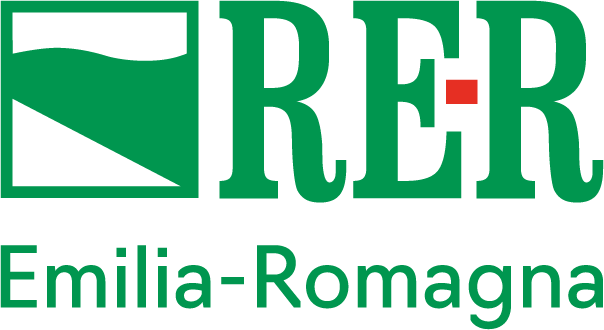MaB - Man and the Biosphere in Emilia-Romagna

Between 2015 and 2021, three new Biosphere Reserves were established in Emilia-Romagna, each rooted in one of the region's major natural systems that surround the metropolitan axis of the Via Emilia: the Apennines, the Po River, and the Adriatic Sea.
These are the UNESCO MAB Reserves of the Tuscan-Emilian Apennines, the Po Grande, and the Po Delta.
These three Reserves enrich an already dynamic landscape of environmental and sustainability policies, initiatives, and institutions. Rather than acting as new or additional public bodies, they serve as territorial-based intermediaries that foster connection and dialogue between public policies and private stakeholders. As UNESCO-designated areas, their intangible core mission and true strength lie in education, science, and culture.
Biosphere Reserves do not issue regulations nor manage their own budgets. Instead, they operate through open and flexible governance models and Action Plans. They are spaces of participation, collaboration, and dialogue — and for this very reason, often hubs of creativity — which all policies can deeply benefit from.

The Emilia-Romagna Region may provide funding to national parks, park and biodiversity management bodies, or other public entities for projects aimed at conserving and enhancing sites designated by UNESCO as Man and the Biosphere (MAB) Reserves or as World Heritage Sites, as well as for the development of new nomination proposals.
In addition, the Region has launched networking initiatives among the Biosphere Reserves located within its territory ("Tuscan-Emilian Apennines", "Po Delta", and "Po Grande"), through the coordination of shared projects. These efforts aim to promote the 17 United Nations Sustainable Development Goals (SDGs) and to raise awareness of the region’s outstanding natural, social, and cultural assets.
For more information on the three Biosphere Reserves:
Tuscan-Emilian Apennines – designated in 2015
Po Delta – designated in 2015
Po Grande – designated in 2019
For more information on shared projects:
School & Biosphere (Scuola&Biosfera)
Women & Biosphere (Donne&Biosfera)
UPVIVIUM – a biosphere reserve-based gastronomic competition promoting sustainable food systems
